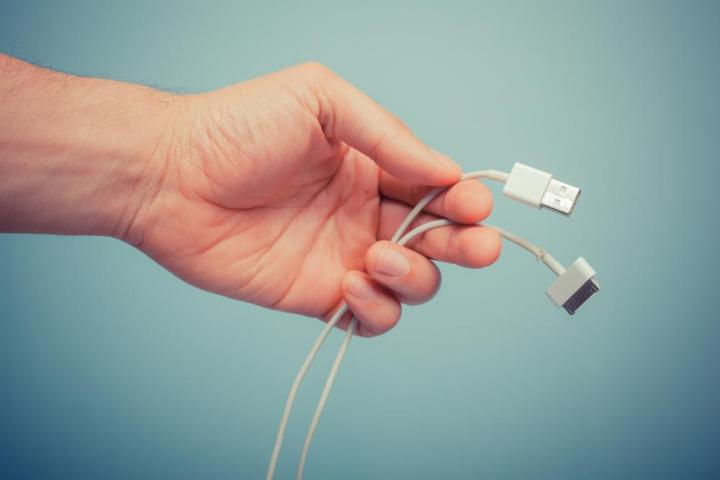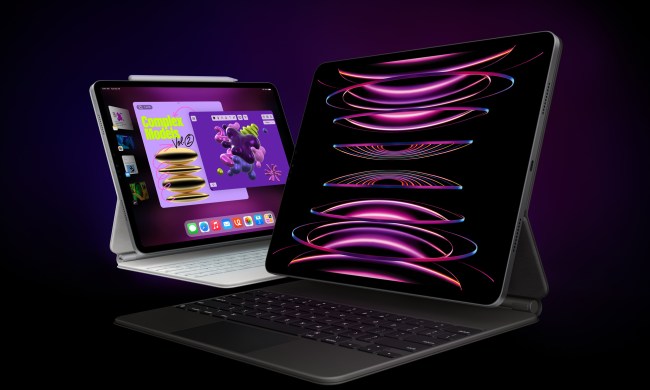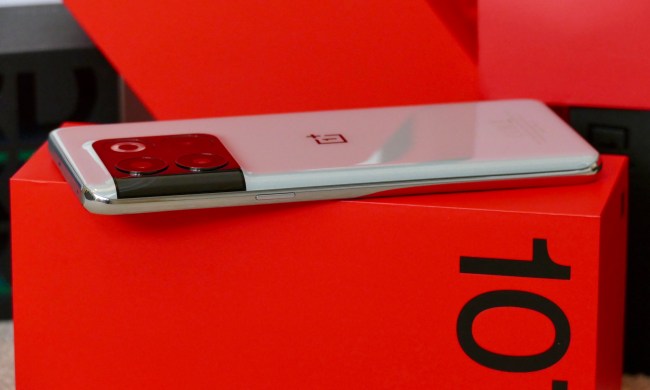
Recently, uBeam, maker of a potentially game-changing ultrasonic charging technology, announced that it has produced a fully functional prototype of its charging platform. That means in the not-so-distant future, you and I might be able to charge our phones and tablets just by standing in a room — no mats or tethers necessary.
Related: 10 awesome breakthroughs in phone batteries
Unlike earlier wireless charging technologies, which rely on things like magnetic induction (PowerMat, Qi, etc.) or magnetic resonance (Rezence), uBeam uses ultrasound to transmit power through the air. A charging station first converts usable electricity into ultrasound waves, which the system then beams throughout the room. On the other end, a small receiver built into the phone’s case picks up these waves and converts them into battery power. This novel approach allows uBeam to transmit power over far greater distances than technologies that use magnetic resonance or induction, meaning you can juice up your gadgets just by being in the same room as a charging station.
However, the technology isn’t without shortcomings. Since it relies on high-frequency sound waves to transmit power, uBeam can’t travel through walls and other dense materials very easily. Therefore, you’ll have to buy several transmitters if you want to be able to charge wirelessly in every room of your house. That’s certainly not a dealbreaker, though. Even with these limitations, the possibilities are huge.
Developed by 25-year old entrepreneur Meredith Perry (who developed the technology while she was still a student at the University of Pennsylvania), the technology is extremely promising. The company is on the cusp of closing a Series A round of financing (investors include Andreessen Horowitz and Yahoo’s Marissa Mayer), which should help accelerate the pace at which it comes to market. Now that the company has produced a fully-functioning prototype, mass production is likely around the corner. uBeam hasn’t set a hard date for when the device is scheduled for release, but Perry did mention to Engadget that it will be available for both consumers and businesses to purchase.
Related: When will our phone batteries outlast a Kindle?


